
Rupturing the uninhabitable: young people, refusal and gentrification
South London is marked by rapid and widespread urban regeneration plans and development. A PhD student and a team of young researchers living in gentrifying neighbourhoods map out the emotional, psychological and social landscapes in this shifting terrain. Here young people are simultaneously obscured and hyper-visible. In focusing on the physical and material landscape, they invite us to call into question what makes public space uninhabitable and demand spatial justice.
It was early Spring when the inhabited and living city seemingly disappeared from public view. Reduced to only ‘essential’ and life-sustaining work, travel and activity, the rhythm of the streets, its familiar sights and sounds, flows and intimacies moved differently. Windows marked the immediate distance between inside and outside. Queues for grocery stores stretched along roadsides, two meters between (un)familiar strangers. Pavements, pathways and routes between people and places became careful navigations and assessments. The local councils suddenly found money to close residential roads to passing traffic, extend cycle lanes, widen pavements. Local restaurants, unessential stores and markets boarded up and shuttered left ghosts – both of what once was and what might never return.
In those months and the months since, the places that felt most threadbare, were a less discernible social life; young people’s unmarked and collectively assembled public space. The few square feet outside of shops and corner stores, the benches at bus stops and the top floor of double decker buses were eerily empty as schools closed and travel restricted. With the reality of the COVID-19 lockdown, the questions we had asked earlier this year in our co-productive research, ‘Growing up during neighbourhood change’, about young people’s psychosocial health and the relationship to the changing places they live in suddenly felt even more acute.

The Past is Still Your Future by Shamso Ali

Greenery is the Birth of Freedom by Afnan Bouh
Using 35mm photography and ethnography, our project attempted to map out the emotional, psychological and socially affective nature of these old, new, familiar and unrecognisable places we live in. We spoke to and talked back as young researchers and thinkers of colour from and living in gentrifying neighbourhoods in our own right. To begin, we simply asked ourselves ‘where do young people go?’ and used this as a basis to chart the histories, memories and boundaries that define these local geographies. In doing so, we visually assembled a series of changing physical landscapes that shape and are shaped by multiple, layered spatial differentiations and social processes.
South London, like much of the city, has become an earmarked site of urban regeneration and gentrification in recent decades. Low-income areas and their accompanying communities are designated as uninhabitable urban sites, problems to be solved and liberated by capitalist accumulation, speculation and the social capital of middle-class residents brought in from elsewhere (and typically outside of the city). In these same sites, young Black and brown working-class residents are sub-citizens in their own neighbourhoods. They are subject to laws and policies they that they have little to no authoritative influence, say or control over as COVID-19 has highlighted in the debates surrounding school closures, free school meals, examinations and results, stripping of free travel, and racist policing during the pandemic. This too has been the case with urban regeneration policy, planning and development, where young people are left out or misheard and focus is given to adult-centred spaces, voices and needs.

Abandonment by Elizabeth Kuyoro: Elephant and Castle Shopping Centre, which since closed in July 2020

Abandonment by Elizabeth Kuyoro
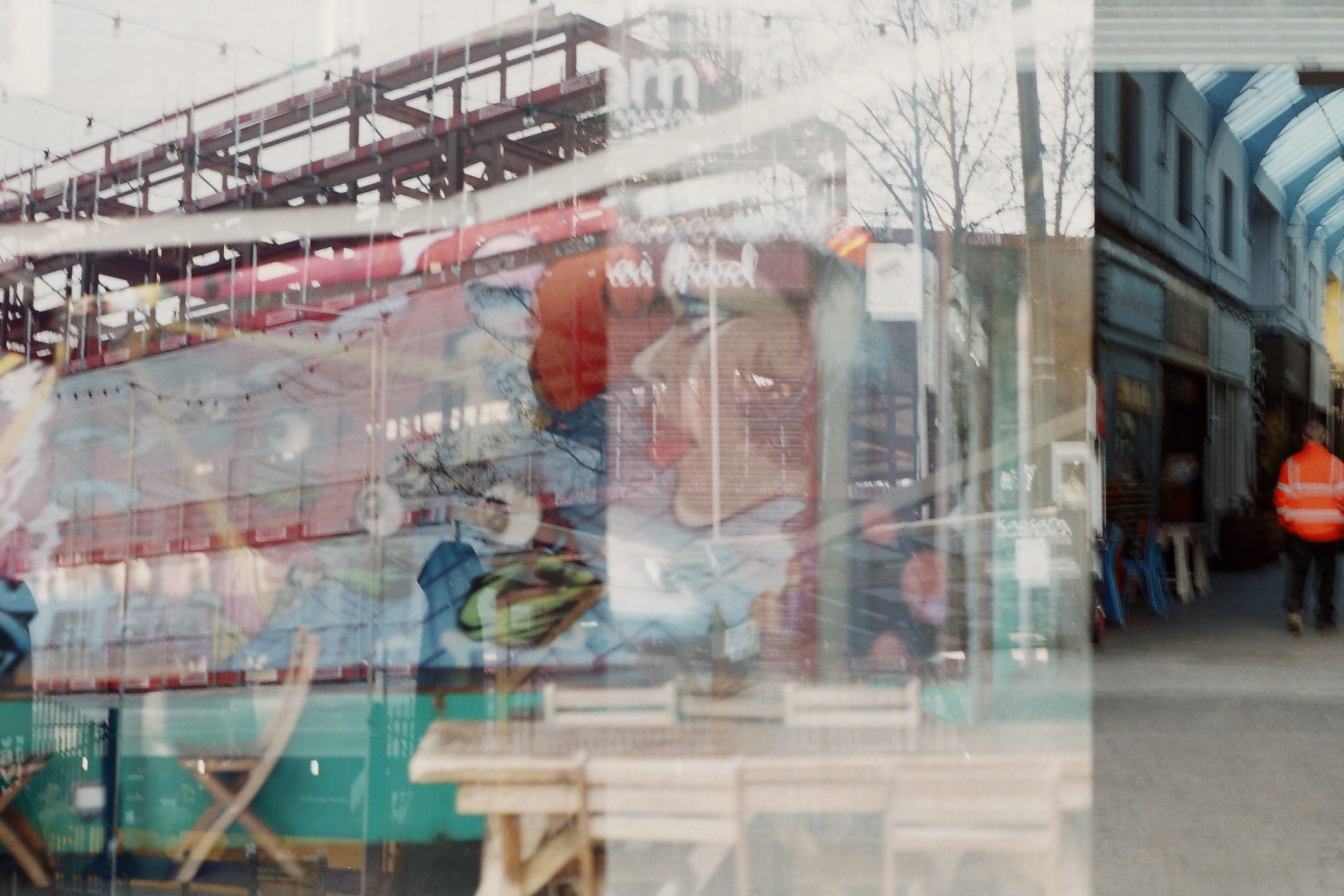
Endz n Out by Hannah Adeniji: Brixton Market
With rapid developments underway across Southwark and Lambeth, explicit changes in relation to housing, retail and high street environments, and erosion of community infrastructures and resources such as youth centres, have rendered young people both invisible and hyper-visible. They are made invisible and obscured by these new structures of capital and encounter: the disinvested bricks and mortar of council housing estates, glimmer of unaffordable new build housing towering the horizon, and the saturation of middle-class restaurants, coffee shops and yoga studios in once historically Black and brown, communal high streets harden the racialised and classed dividing lines.
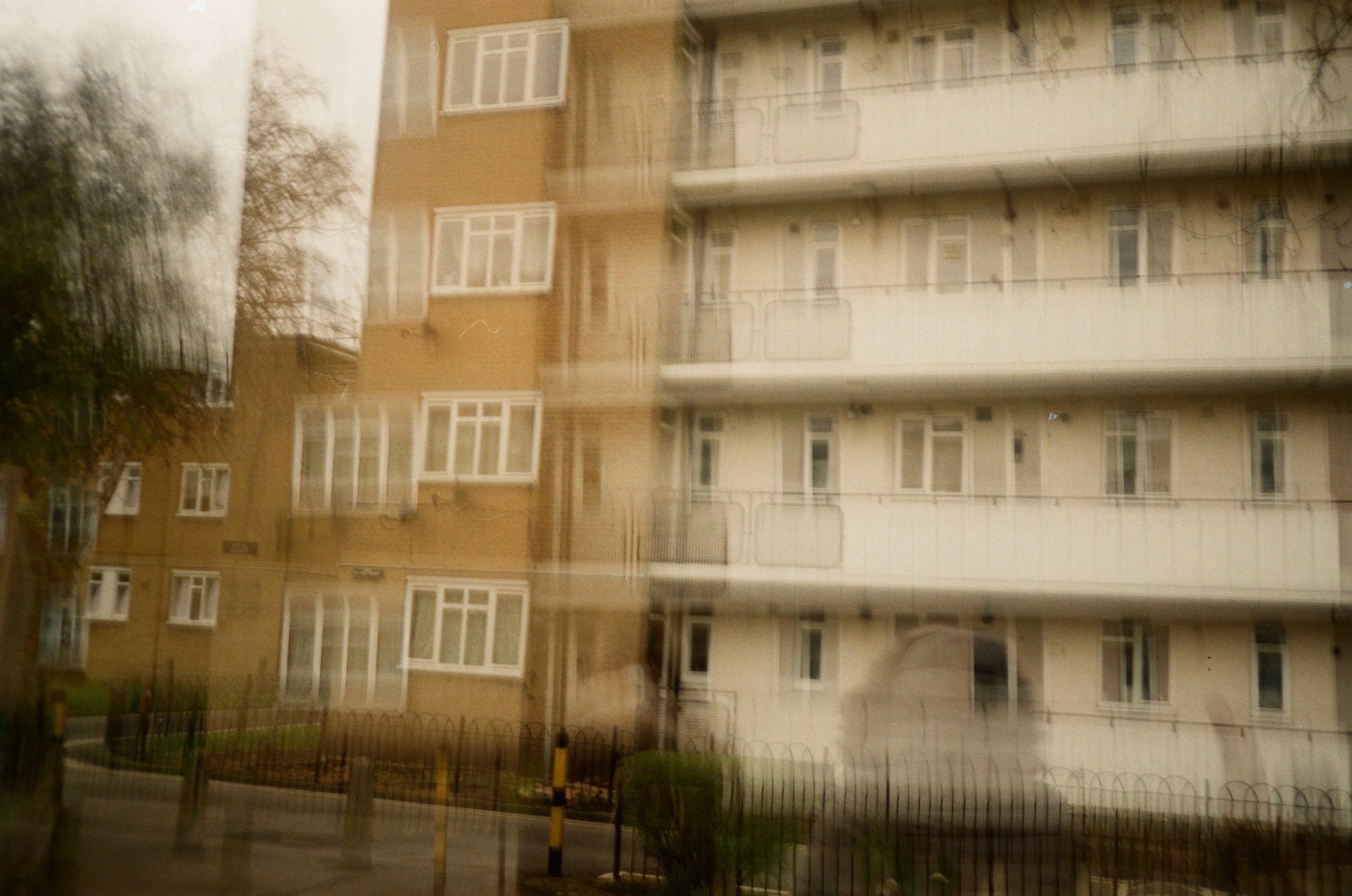
Illusion by Francess Conteh

Divided by Amina Sesay: Health facilities priced for middle-class residents
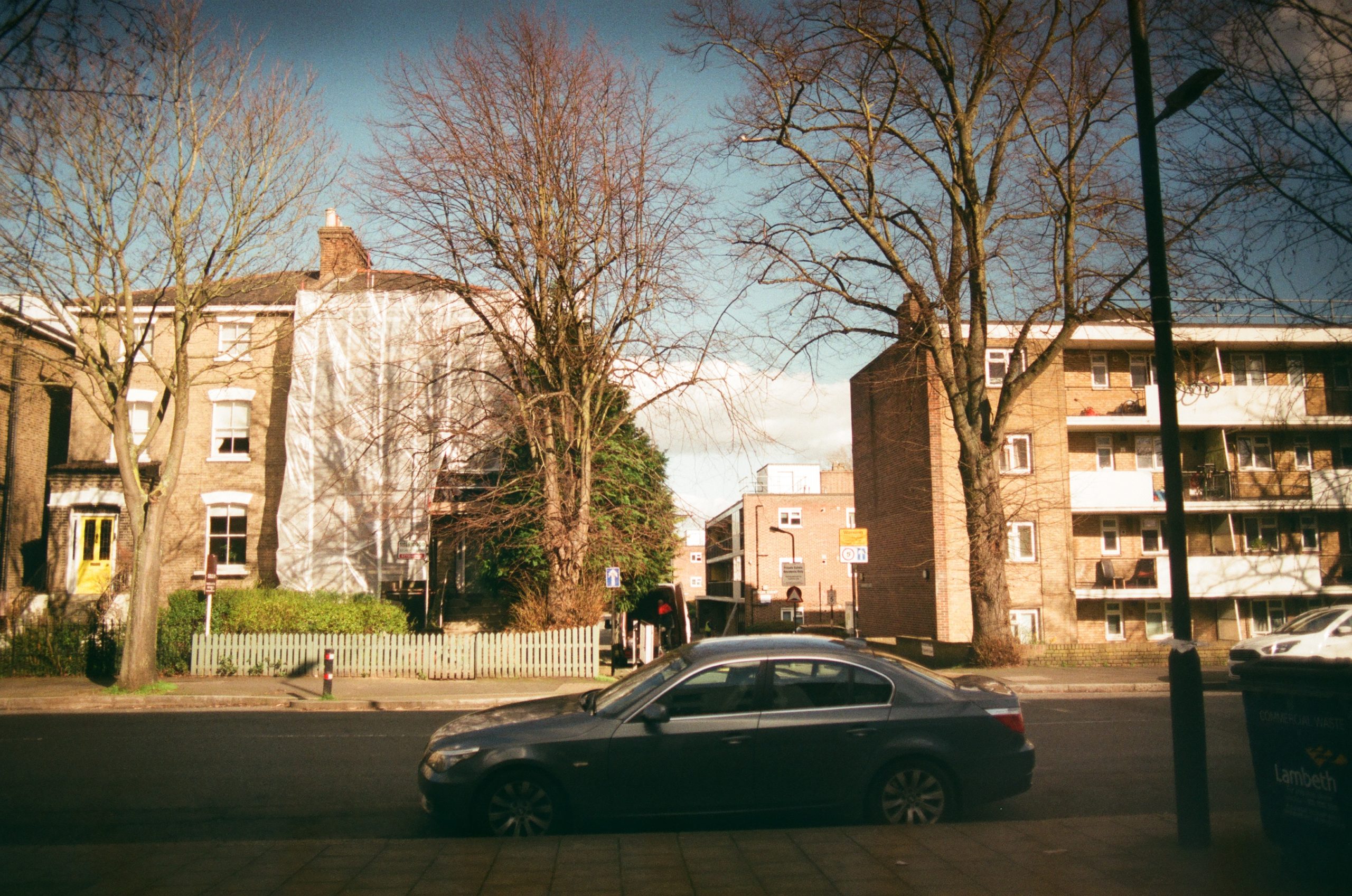
Divided by Amina Sesay: Social and private housing
As there are fewer and fewer safe and affordable places to socialise, gather, connect and just be, young Black people in particular are hyper-visible where they dare to tread beyond these sites of active containment and exclusion. Criminalised through stop and search racist policing, school exclusions, and the segregation of housing, retailing and opportunities, urban regeneration and gentrification have worked to widen inequality locally and made it irrevocably visible. Hopes and dreams for the future are fragile and fraught here, as is the right to stay put.

Back Then by Shahani Richards

Back Then by Shahani Richards
Whilst many of our photographs seem empty and unoccupied, they are not story-less nor uninhabited.1 They highlight how physical geographies are mediated by “the body, the self, identity and subjectivity” and are “produced by the psychic imaginary and the site of memory”.2 We offer stories that are peopled. To those who live here, the unrepaired, council estate playgrounds and parks are filled with childhood memories of play, laughter, parties and carefreeness. Familiar and intimate routes chart school routines, love, friendships, family and home. Public spaces remain enmeshed with rhythms of communal life even in a shifting, spatial terrain. For this reason, within the context of imposed urban development and transformation, the selected images spark anger, frustration, anxiety, worry, alienation, disempowerment, loneliness and isolation as they do nostalgia, freedom, pride, connection, love, beauty, hope, pleasure and agency.
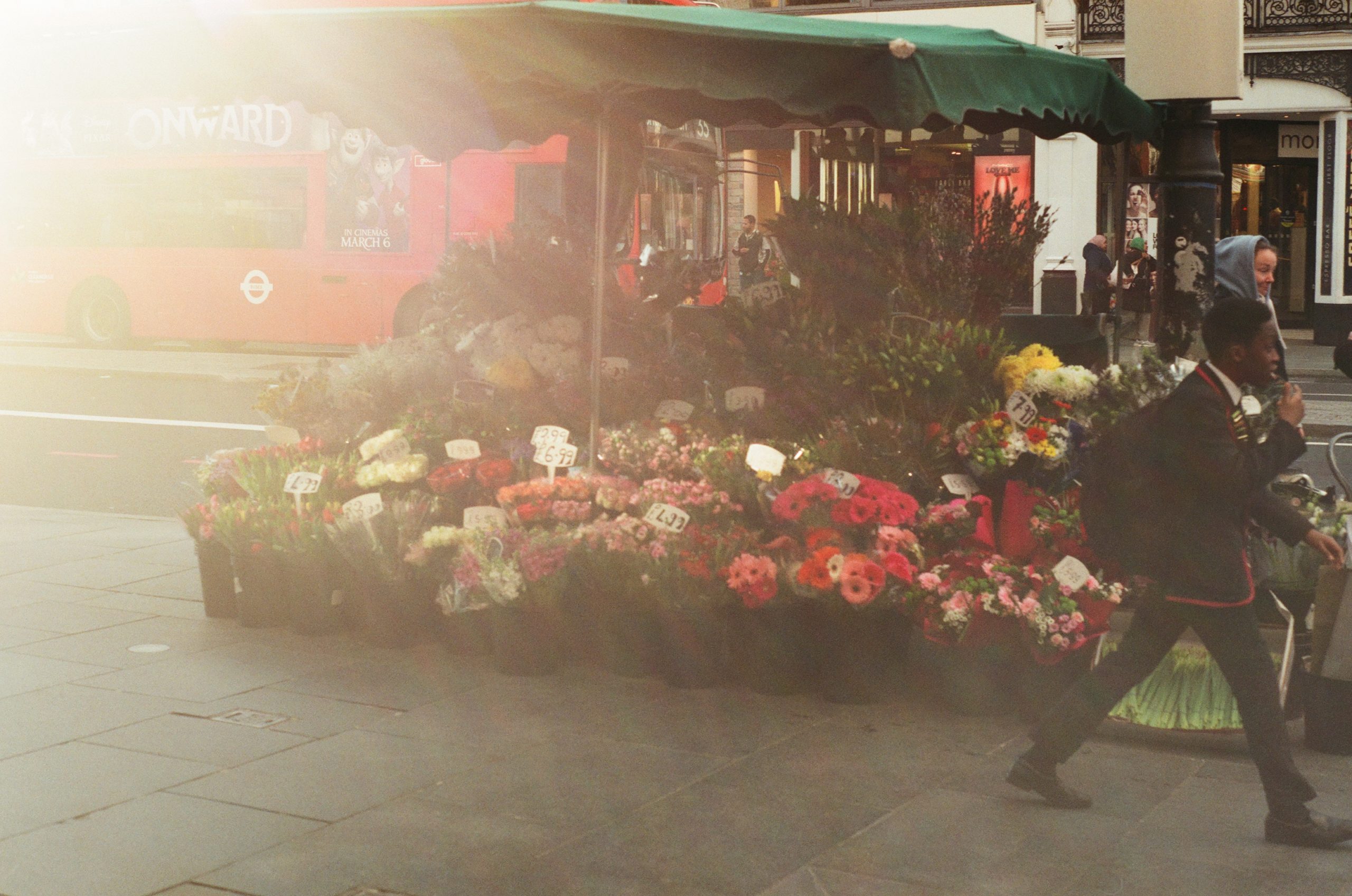
Rebuilding Our Relationships by Olamide Bamigboye
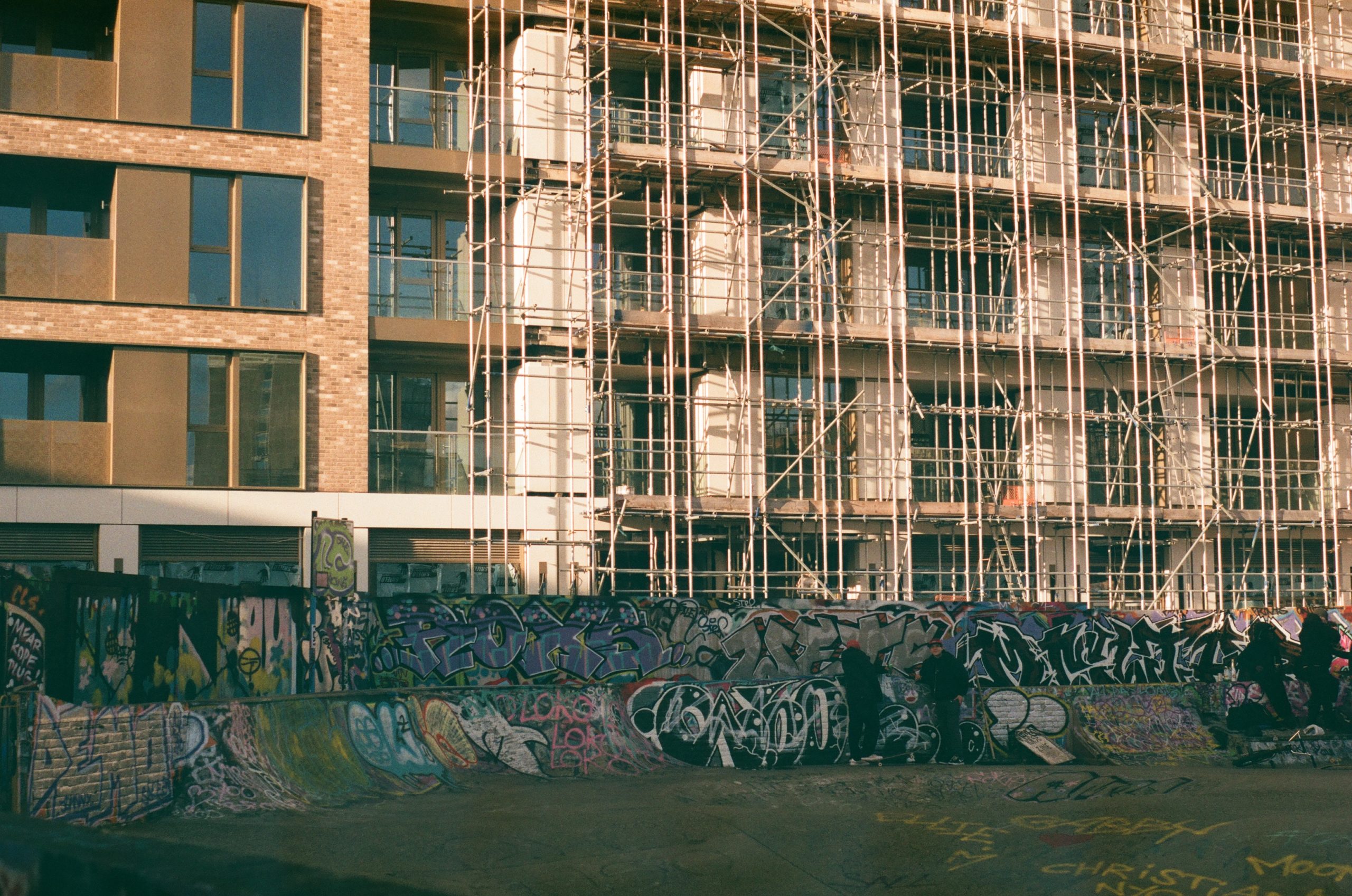
Rebuilding Our Relationships by Olamide Bamigboye

Endz n Out by Hannah Adeniji
In drawing and focusing attention to the built environment and away from the people who live in them, a particular politics of refusal is also incited. Where people and communities, especially the young people inhabiting them, disappear from the depicted scene, and therefore scientific classification and measurement, the purpose and social production of regenerated spaces is called into question. It is a refusal of the blame and negation of Black and other working-class communities of colour as pathological, a problem, or exceptional under the logic of white hegemony and racial capitalism.3 Instead, it is the “curated unaffordability, disinvestment, overt erasure, expulsion, segregation, and social disentanglement” that have “long been the familiar tools for making space uninhabitable”4 that is brought to the fore. This is combined with the fact that local governments and policies make these places uninhabitable in the first place in order to drive urban regeneration and gentrification against real community needs at such a violent scale.
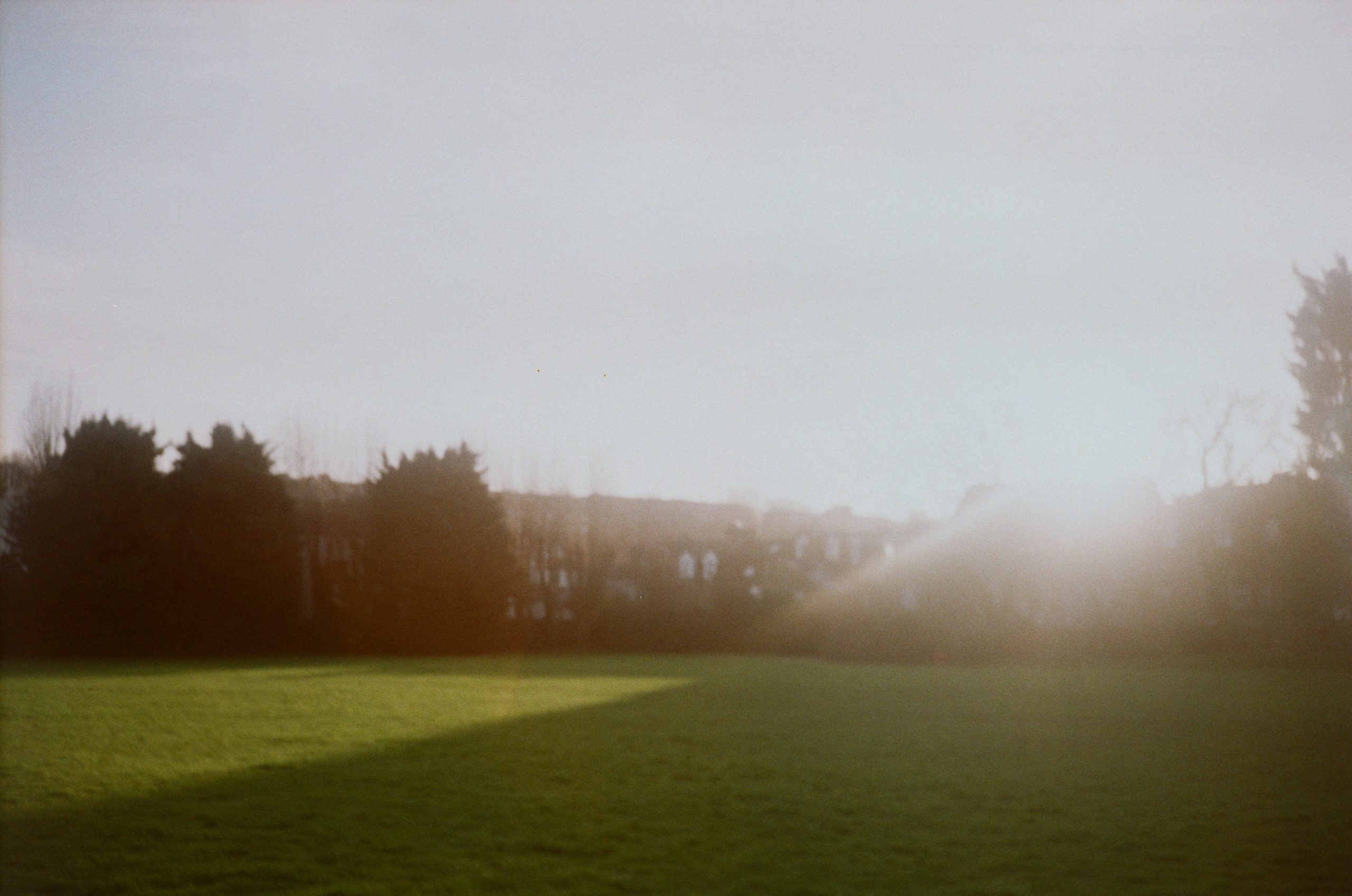
Greenery is the Birth of Freedom by Afnan Bouh
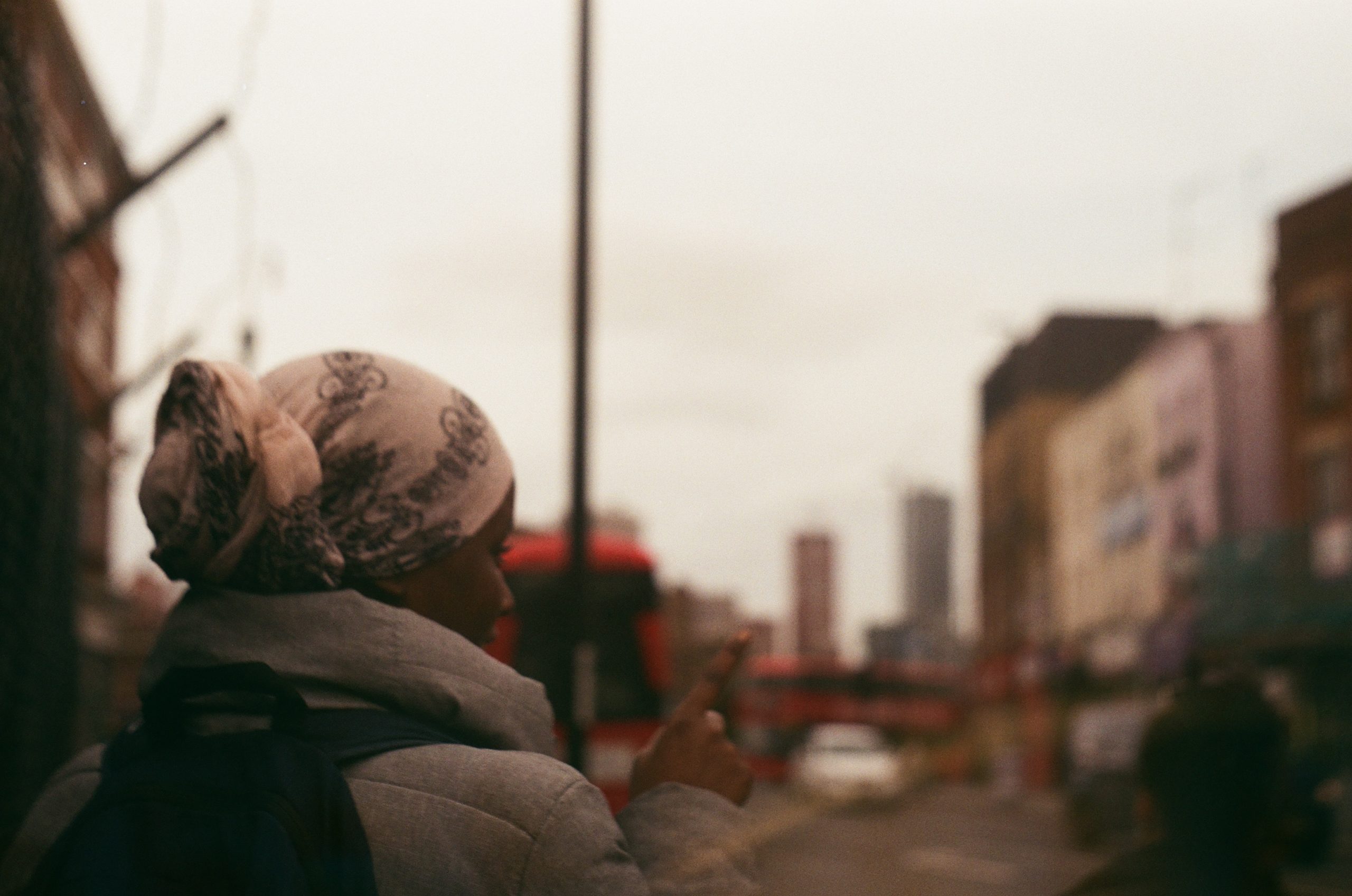
The Past is Still Your Future by Shamso Ali
What is less discernible to the eye is, however, to be guarded and protected. Even as young people disappear from public purview or assemble in improvised spaces, there is still a collective life force at play. They force against these imposed fault lines: block parties and barbeques, riding around the neighbourhood on scooters and bikes, claiming the summer sun in parks, jogging to destress, recording TikTok videos on the high road, committing to prayer together. Some have started their own businesses, made political films and commentary from their bedrooms, others have courageously marched the streets and torn down statues in defence of Black Lives Matter during the pandemic. All of which is no reverence to ‘resilience’ or ‘endurance’ often ascribed or asked of them but something else altogether. It is replete with practices of care, intimacy and possibility that cannot be extracted: young people create and sustain neighbourhood life in the first place. They have as much right to the city as anyone.
References
[1] McKittrick, K. (2006) Demonic Grounds: Black Women and the Cartographies of Struggle (University of Minnesota Press, Minneapolis). p.68
[2] Ibid.
[3] Hartman, S. (2019) Wayward Lives, Beautiful Experiments (W. W. Norton & Company Inc, New York)
[4] Simone, M. (2019) Improvised Lives (Polity Press, Cambridge). p.23
Recent articles

Southern California is many things. Quite infamously, it is known as a landscape defined by the automobile, from the emergence and diffusion of the highway system to fast food burgers, and the suburbanization of the United States. Walking this place then, would seem not only inconvenient, but ill advised. In… Read more »

What is today known as ‘whistleblowing’ could once take the form of interacting with a threatening gaze carved into the city wall. It is the case of the ‘boche de Leon’ or ‘lion’s mouths’ disseminated by the old Venetian Republic throughout its territory to suppress illegal activities. Through a close… Read more »

As he navigates through the recurrent lockdowns of the pandemic, stranded between hitchiking and muggings, job hunting and separations, Fabio Valerio Tibollo rediscovers photography as a powerful coping mechanism. Recording everything that happened around him for one year straight, from attending momentous events to finding curiosity in shots of simple living,… Read more »

